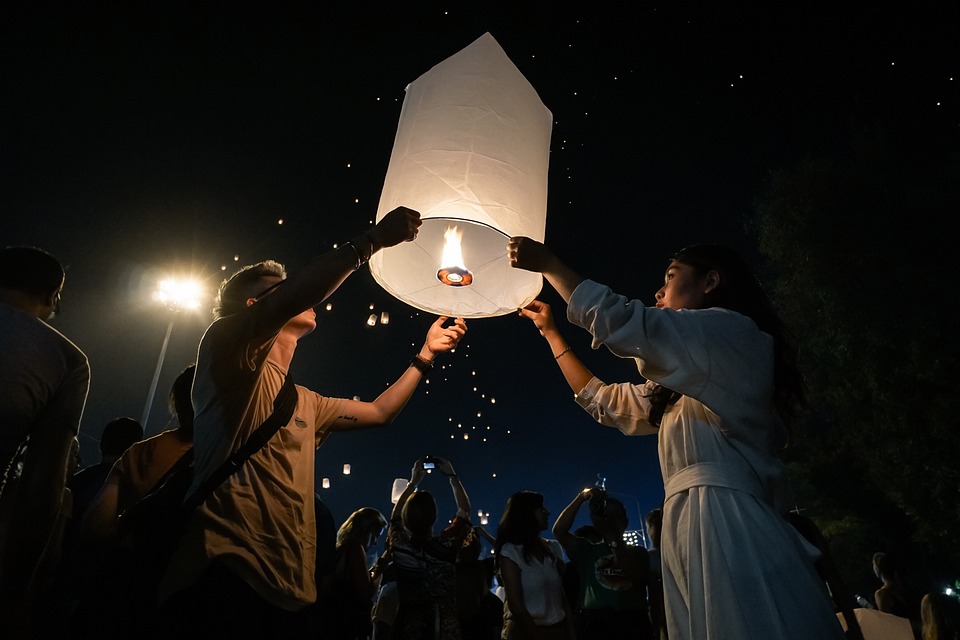The Power of Representation: Diversity and Inclusion in the Film Industry
Introduction
In recent years, there has been a growing push for diversity and inclusion within the film industry. With calls for more representation of marginalized communities and voices, Hollywood has slowly started to reflect the diversity of the world we live in. However, there is still much work to be done to ensure that all individuals are accurately represented on screen.
The Importance of Diversity and Inclusion
Representation in media, including film, is crucial for several reasons. When individuals from diverse backgrounds see themselves reflected on screen, they feel validated and included in society. This can have a profound impact on self-esteem and confidence, as well as challenge stereotypes and biases. Additionally, exposure to diverse perspectives can foster empathy and understanding among viewers, ultimately leading to a more inclusive and accepting society.
Highlighting Underrepresented Voices
One of the main goals of increasing diversity and inclusion in the film industry is to highlight underrepresented voices. Historically, Hollywood has been dominated by white, straight, cisgender men, leading to a narrow perspective on storytelling. By elevating the voices of women, people of color, LGBTQ+ individuals, and other marginalized groups, we can create a more inclusive and authentic representation of the human experience.
Breaking Stereotypes and Challenging Biases
Representation in film also plays a crucial role in challenging stereotypes and biases. When marginalized communities are portrayed in a nuanced and authentic way, it humanizes those individuals and dispels harmful stereotypes. For example, films like “Moonlight” and “Crazy Rich Asians” have provided audiences with a more nuanced understanding of the experiences of Black and Asian communities, respectively, challenging preconceived notions and biases.
The Lack of Diversity in Hollywood
Despite some progress in recent years, Hollywood still has a long way to go in terms of diversity and inclusion. The majority of films continue to be written, directed, and produced by individuals from privileged backgrounds, resulting in a lack of representation for marginalized communities. This lack of diversity behind the camera often translates to limited opportunities for actors from diverse backgrounds, perpetuating the cycle of underrepresentation in the industry.
Barriers to Entry
One of the main barriers to entry for individuals from marginalized communities in the film industry is access to resources and opportunities. Many film schools and production companies are predominantly white and male, making it difficult for individuals from marginalized backgrounds to break into the industry. Additionally, implicit biases and discriminatory practices can hinder the career advancement of diverse filmmakers and actors, further perpetuating the lack of representation in Hollywood.
Tokenism vs. Authentic Representation
In the push for diversity and inclusion, there is a risk of tokenism, where marginalized individuals are included only for the sake of appearance without meaningful representation. This can be harmful and counterproductive, as it fails to authentically represent the experiences of those communities. Authentic representation, on the other hand, involves giving agency and creative control to individuals from diverse backgrounds, allowing them to tell their own stories in their own voices.
Steps Towards a More Inclusive Industry
Despite the challenges, there are steps that can be taken to create a more inclusive and diverse film industry. One key element is supporting and amplifying the work of diverse filmmakers and storytellers. By investing in projects that center the experiences of marginalized communities, Hollywood can help shift the narrative and provide more opportunities for underrepresented voices.
Diversity in Leadership Positions
Another crucial step towards a more inclusive industry is increasing diversity in leadership positions. By promoting individuals from diverse backgrounds to positions of power, Hollywood can ensure that decisions are made with a more inclusive lens. This can lead to more diverse storytelling, as well as create a more welcoming and inclusive workplace for all individuals in the industry.
Creating Mentorship and Training Programs
Mentorship and training programs can also play a key role in fostering diversity and inclusion in the film industry. By providing opportunities for individuals from marginalized communities to learn from experienced professionals, Hollywood can help bridge the gap and create a more diverse talent pool. Additionally, mentorship programs can help individuals navigate the industry and overcome barriers to entry, ultimately leading to a more inclusive and representative industry.
Conclusion
The power of representation in the film industry cannot be overstated. By increasing diversity and inclusion, Hollywood has the opportunity to challenge stereotypes, break down biases, and create a more inclusive and authentic representation of society. While there is still much work to be done, the push for diverse voices and perspectives in film is essential for creating a more equitable and empathetic world. It is time for Hollywood to take action and ensure that all individuals are accurately represented on screen.



